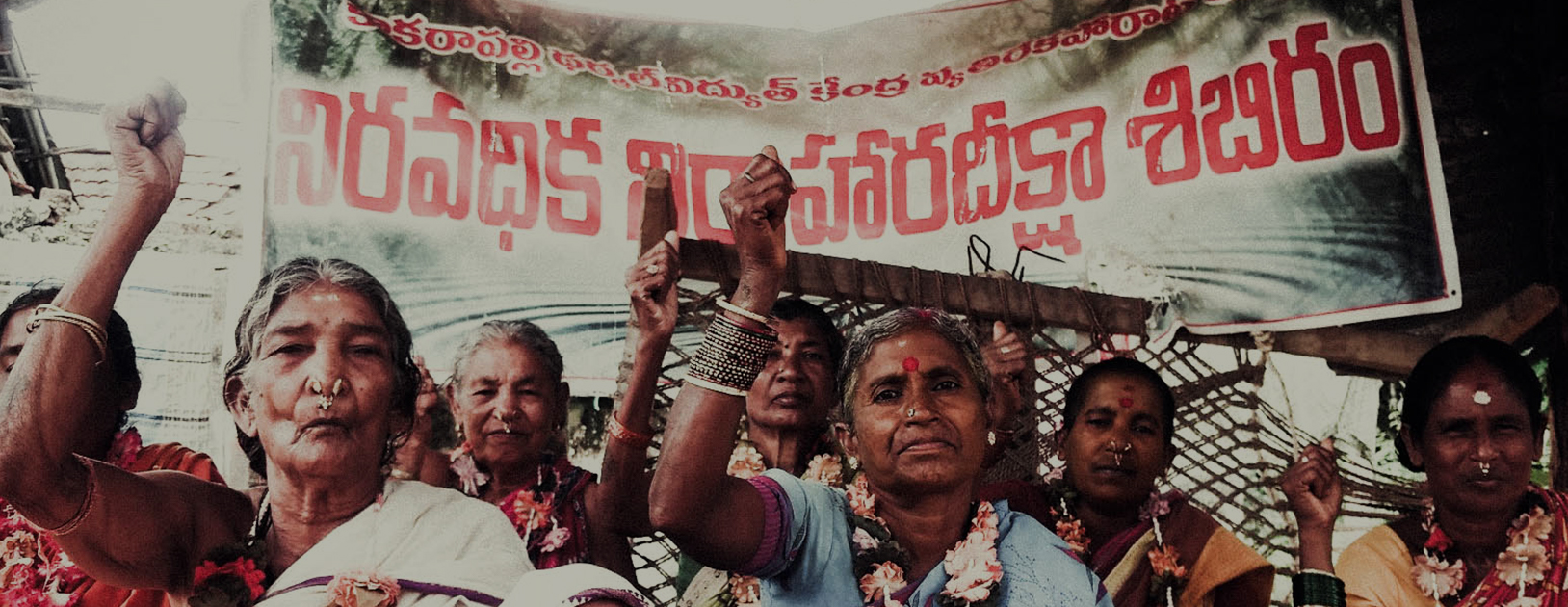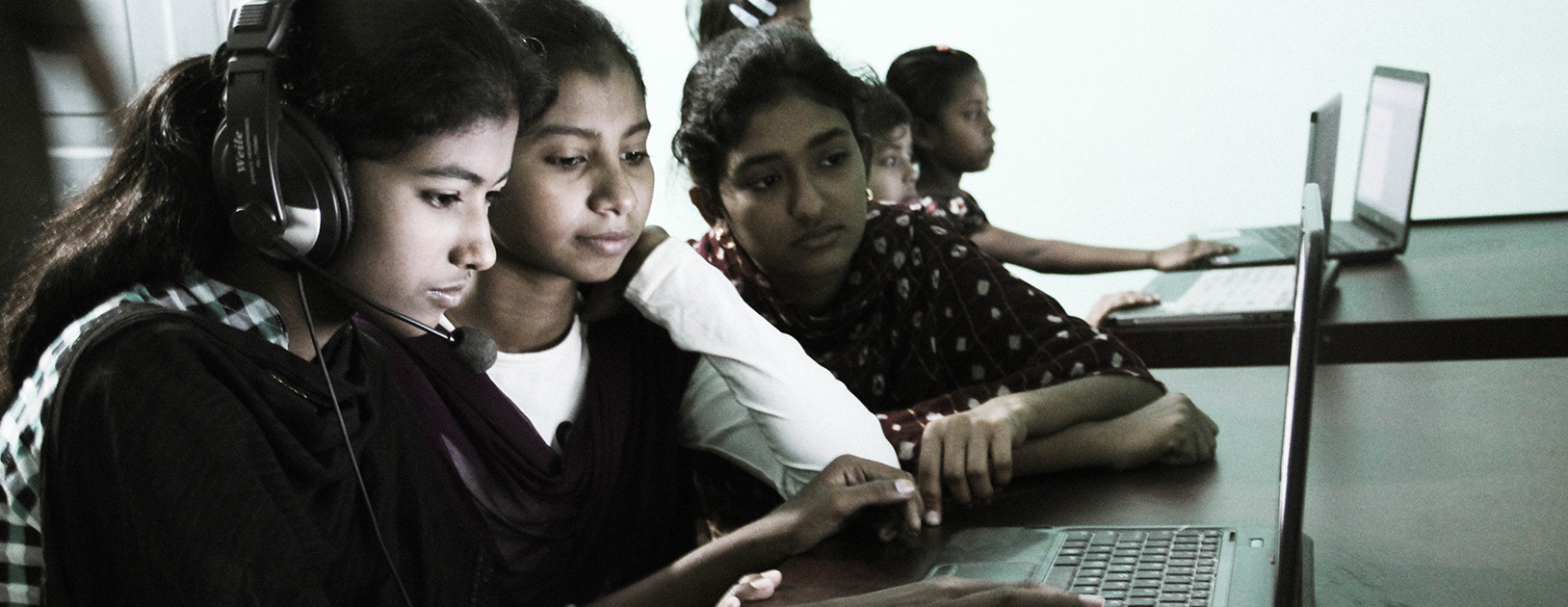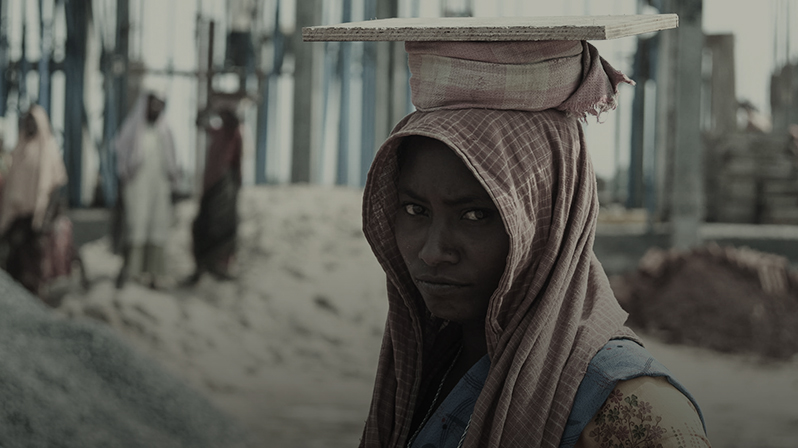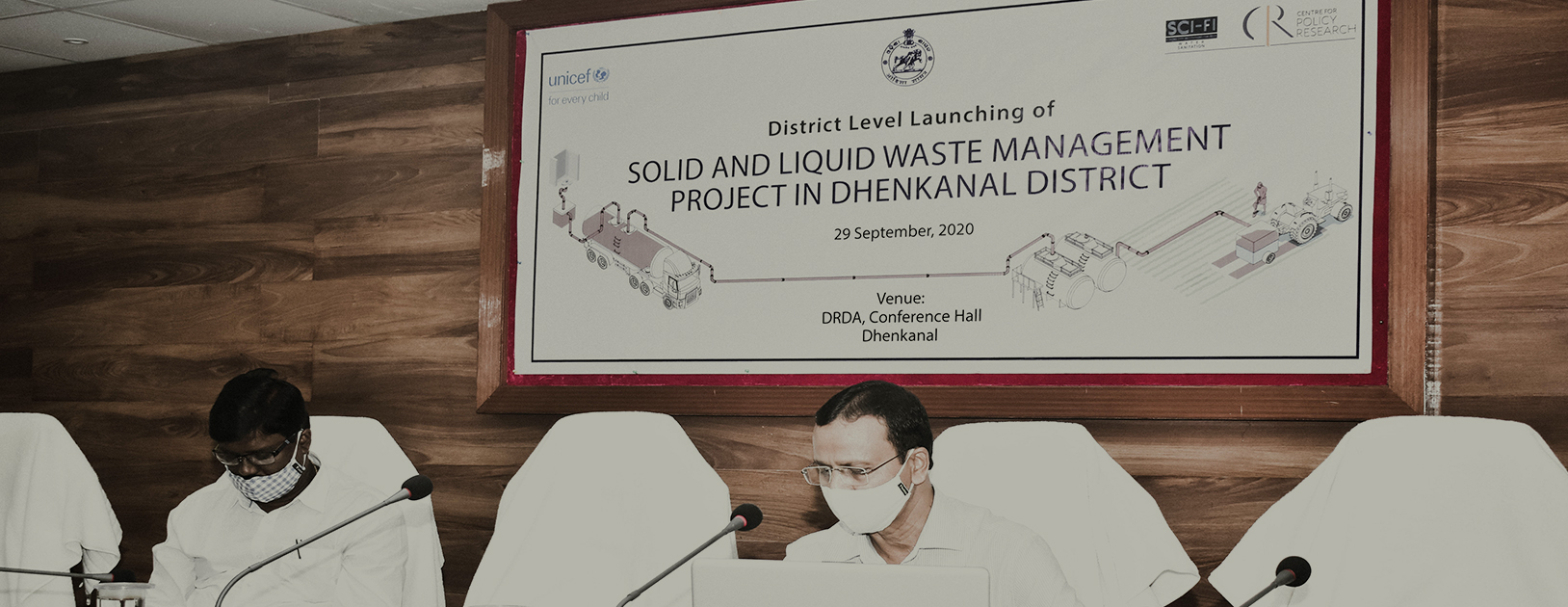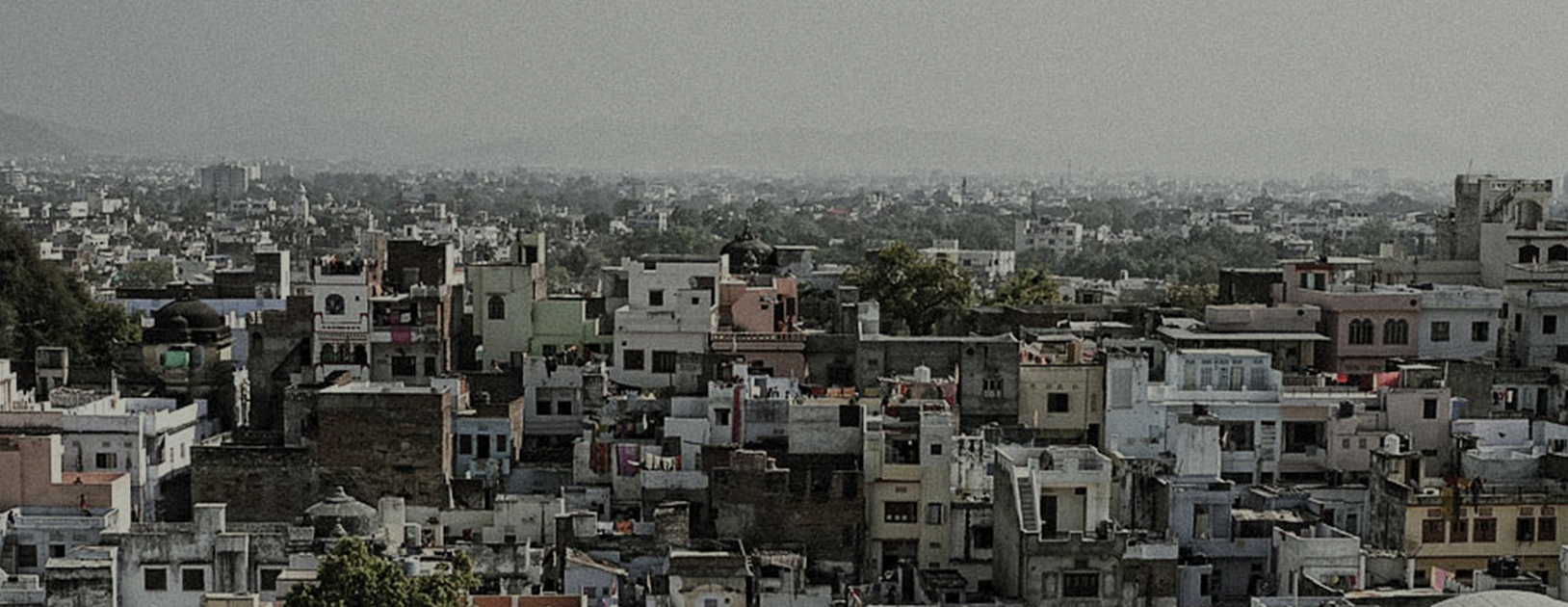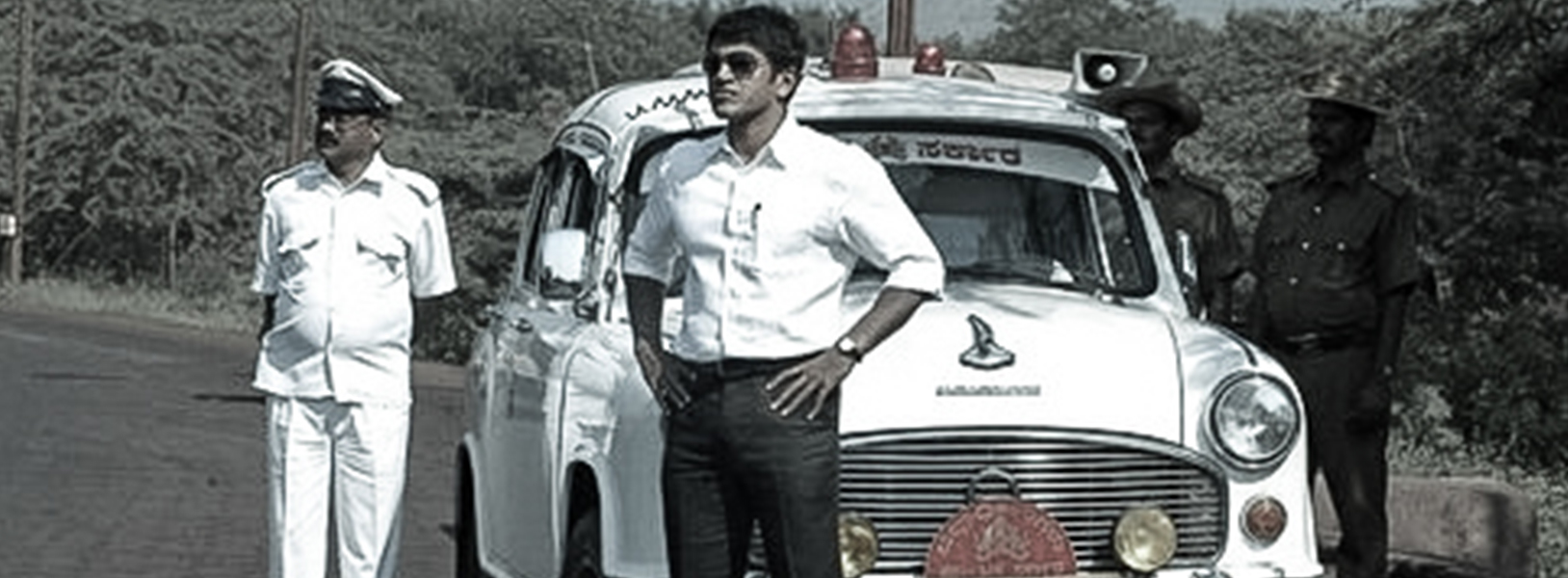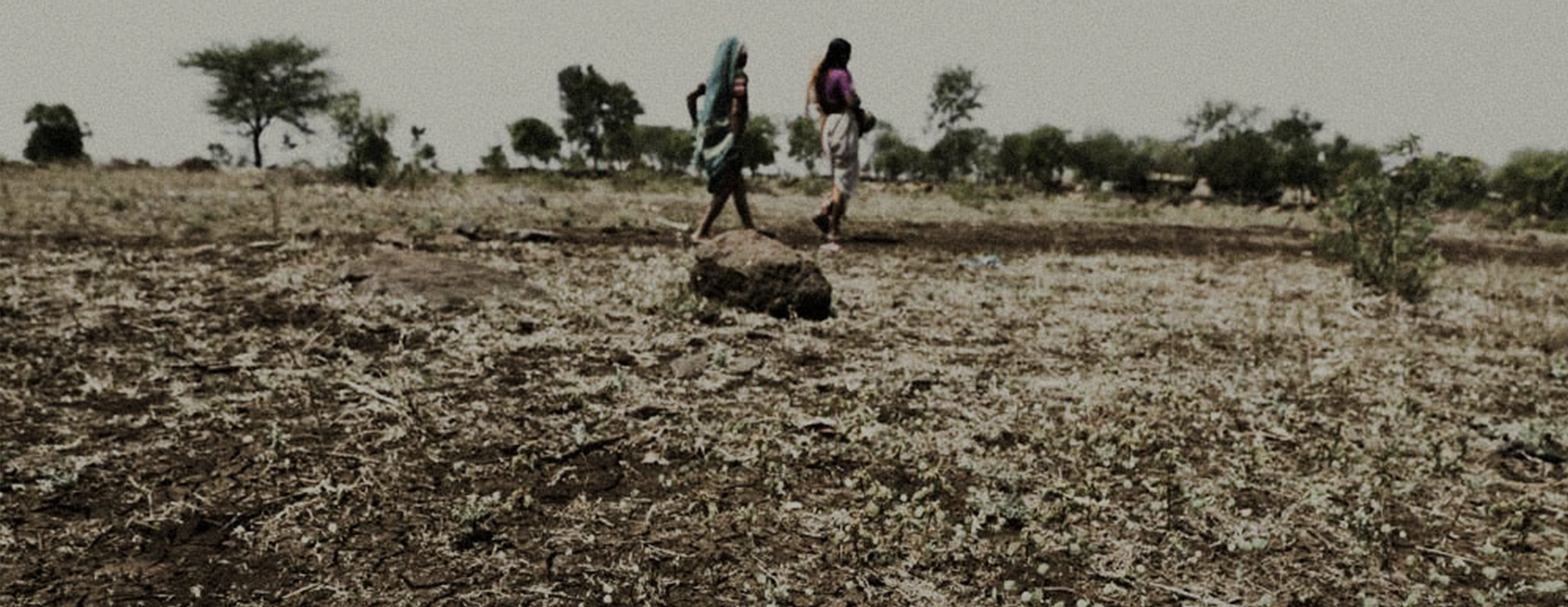
In situations marked by grave injustice, fear, loss and confusion, affected communities articulate their grievances and seek out institutions to address them through remedies that are meaningful to them. The process of seeking remedies by affected communities helps not only to politicise questions of democratic decision making and land governance but also improves land and project governance outcomes. They take on the role of asking questions, monitoring and seeking accountability in a hostile environment of risk of intimidation and criminalisation. People affected by land use change seek a variety of remedies for the impacts they face. While some of these are towards short-term relief and one time payments/aid, others are towards long-term participation in projects. Some seek complete closure/suspension of projects, others are towards remedying the harms caused by ongoing projects or putting in systems in place to prevent further damage to their environment and livelihoods.
Using the above categorisations, this blog discusses key remedies that have been sought in the countries of India, Indonesia and Myanmar.
One-time assistance: compensation and better relocation
i. Compensations are sought by the affected people in return for the land acquired, and/or livelihood lost, as a one-time payment prior to the setting up of the project. In case of the Thilawa Special Economic Zone (SEZ) in Myanmar, while its first phase has started, communities’ expectation from the project have changed: initially they were refusing to relocate, then they switched to seeking better relocation facilities, now the group is preparing and organising itself to run a community driven organisational grievance mechanism. Simultaneously the farmers who know they would be relocated for the second phase are thinking how much compensation would they demand and strategising and organising on this expectation.
Compensations are also sought when project operations directly or accidentally damage water resources and/or farms or reportedly cause health impacts. The challenge arises when the affected people seek compensations from either the administration or the company. In the Uttara Kannada district of Karnataka, the construction of a National Highway is presently underway. Following a series of complaints and meetings with the Pollution Control authorities, the company operating a stone crusher for the project in Bogribail village, paid compensation to affected farmer families in December 2016. The affected people felt that this was far from adequate as the stone crusher continued to emit dust and damage their farmlands.
Despite the routine use of compensation as a way to remedy impacts borne by communities, it has been observed that across the countries, communities have little or no information how the compensation is to be calculated, how to assess if what they are getting/demanding is fair.
ii. Relocations are ideally provided prior to project start but the quality of relocation sites continue to be a festering issue for communities even after projects start operations. The case of Thilawa from Myanmar offered an interesting example. The Thilawa Social Development Group (TSDG) formed by the farmers who had to vacate their land for the first phase of the project made a visit to the relocation site for Dawei SEZ and saw the difference between what they were being offered and what Dawei evacuees were getting. They made a demand with the Japan International Cooperation Agency (JICA) for better compensation and improved basic amenities at the relocation site. While JICA increased the compensation to the farmers, not much improvement was seen in their living conditions.
Continued participation in project through financial stakes and benefit sharing
In Indonesia, it has been observed that in many cases of land conflicts, farmers opposing land takeover by plantation companies are offered plasma agreements as ‘fair’ remedy for their concerns. However, beyond the stipulation that the companies are expected to reserve 20% of their total plantation area for smallholders and provide them technical assistance in oil palm cultivation, plasma agreements are not governed by much. Usually a farmer cooperative enters into an agreement with the company. The farmers give a minimum of ten hectares of land for plasma to the company, become a part of the cooperative and receive share certificates for two hectares of plantation each. In most cases, cooperatives come to be managed by the office bearers of the village or others with might or money. Although on paper the cooperative has the autonomy to develop and manage plasma, in practice, decisions regarding land allocations, recruitment of labour and sales price of the palm fruits are made by the company.
Another example of taking part in the development activity is of Korba Bhuvistapit Company Limited from India. In the Korba coal-mining region in Chhattisgarh, over 2400 families who have been displaced but have not been provided jobs have come together to form this producer company. The main objective of the company is to demonstrate that communities can undertake activities including transportation, plantation and renewable energy and to maintain moral pressure on South Eastern Coalfields Limited (SECL) to provide opportunities for ancillary activities to the displaced members.
Partial or full closure of project
People affected by land use change also approach different institutions or use a variety of strategies that are clearly directed towards closing down the construction or operations of an existing project. This is often the case in two instances: first, when a project has recently initiated construction activity, and there appear to be possibilities of holding back land use change; and second, when several attempts at seeking compensations, employment or restoration of damage have failed and/or the project continues to impact the health/livelihoods of communities living in the nearby areas.
i. Project suspension: One of the landmark cases from India where few villages affected by the proposed land use change by a steel plant and port consistently demanded that the project’s construction activity not be initiated was the POSCO steel plant and port in Jagatsinghpur, Odisha. Every time the project authorities would initiate activities, there would be strong local protests and barricading disallowing the construction activity. Challenging the project approvals in court with the help of national NGOs and lawyers was the other strategy so as to hold back land use change.
Sometimes these demands for suspension of projects arise due to the non-participatory manner in which decisions are made. In case of Tarpein I and II dams in Kachin State of Myanmar, the Kachin Independence Organisation (KIO) deployed soldiers around the two dams and suspended their construction work when the Chinese authorities of China Datang Corporation (CDC) company refused to pay taxes to KIO. KIO also complained that local residents were not given any role in decision-making on these projects.
ii. Revocation of permits has been sought in cases of environmental degradation caused by mining in Jambi province of Indonesia. Pursuing this remedy, the communities along with other efforts, reported the cases to the Anti-corruption commission (KPK) in the hope that it would investigate the issue and eventually order suspension of their permits. As part of its investigation, the anti-corruption commission visited these mining sites. However, only one project has seen closure.
In case of the sulphuric acid factory near Letpadaung mine in Sagaing Region in Myanmar, the villagers demanded complete closure/relocation of the factory due to the dangers associated with toxic fumes emitted by it. While some cases see a change in people’s demands for remedies over time, in Myanmar, hydro and thermal power projects have been in suspension for a long time perhaps due to persistent demands.
Repatriation of land
This demand is made when a project has withdrawn from an area, and the affected people would like the land back to restore livelihoods, e.g. POSCO in Jagatsinghpur. After the private company has withdrawn from the project, the state government is seeking to build a wall around the land to protect it from ‘encroachments’. The villagers are demanding that the land be restored to all the forest dwellers whose rights are yet to be recognised under the The Scheduled Tribes and Other Traditional Forest Dwellers (Recognition of Forest Rights) Act, 2006. More recently, the demand for this remedy has also been fuelled by the existence of a new legal clause as part of the 2013 Land Acquisition Law
Sometimes, after repatriation of land reverting to the original land use is not possible. In such cases communities pursue possibilities of owning the altered land use activities for their livelihood. This remedy can be a follow up to closure of a project and return of their land. In the case of PT Rejeki Alam Semesta Raya (RASR), active in Kapuas regency of Central Kalimantan in Indonesia, farmers of Sei Ahas village were pursuing the return of their land right from the beginning of the conflict in 2007. The lands were collectively held rubber plantations, which were turned into oil palm plantations by the company. While the group of farmers that demanded the return of their land shrank over the years as many accepted plasma agreement after their initial opposition, a group of 20 farmers continued with their initial demand. The farmers want the company to rescind its claim on the land and plantation so they can harvest the oil palm.
Restoration
This remedy is usually observed in cases of environmental degradation or damage to land caused by dumping of waste or extraction due to mining operations. This remedy could be followed by closure/suspension of a project or a commitment by the project not to contaminate the land/water again. For instance, in several parts of India where sand mining has led to erosion or salinity ingress, people have sought that the activity be stopped and the area be restored.
In the case of activities of BNJM-KGLR in East Barito in Central Kalimantan, Indonesia, the villagers sought the restoration of the river that was heavily silted due to dumping of mine refuse by the company, to its original condition. The farmers also sought compensation for the damage they incurred in the past when the mud from the river ended up on their rubber plantations and left their crops dead. When asked if farmers would be in agreement if the company continued to pay for damages in the future while continuing to pollute the river, many didn’t reply in the affirmative. The villagers of Lalap and Bentont villages wanted the company to restore the river and abide by environmental laws in future.
Proactive measures as remedies
The demand for closure of a plant is often a big challenge for the affected people who are directly dependent on the plant for livelihoods. In such cases the remedies sought are towards making sure that the operations do minimum/no damage. They may want an assurance that the project would not be expanded in future, or compliance record of the project would be part of any future project decisions or policy changes such as communities are granted effective role in project monitoring. Realising that the land use change is unavoidable, they may even want to own the changed land use activity. This can be viewed as a proactive measure on part of communities to offer an alternative to private/government owned projects.
In India, villagers in Tamnar block of Raigarh district of Chhattisgarh registered their own firm and called it Gare Tap Upkram Producer Company. The idea behind establishing the firm was to mine the coal themselves rather than surrendering their land to industrialists. More than 500 villagers from 12 adjoining villages of Gare had pledged nearly 700 acres of land to the producer company. As they deliberated further on the issue of mining, the villagers decided against mining altogether and instead proposed setting up of production of alternate energy so that the land is not devastated by mining. The Gare Tap Upkram Producer Company has subsequently approached the Environics Trust, a national NGO, and requested it to conduct a study on the feasibility and willingness of the inhabitants of Gare in adopting alternate sources of energy, predominantly in solar and biogas energy.
In case of the Tigyit coalmine in Shan state of Myanmar, although the residents made peace with the operation of the mine, which has been operating in the area for nearly 20 years, their demand is that the project not be expanded. The residents spent their energies in resisting a thermal power plant to be cited next to the mine and were successful in suspending the plant. They opine that if the thermal power plant doesn’t run, the mine would not be given an expansion by the government. However, after being shut for two years, talks for the resumption of the thermal power plant are on and the villagers are bracing themselves to resist it again. As of end of 2017, test runs on the plant were being conducted and the government maintained that the plant will not be allowed if it is found to be linked with harmful impacts on health and livelihoods of the residents of Tigyit village in Shan state.
There are several remedies or outcomes that the affected communities succeed at getting. The study, Understanding Land Conversion, Social Impacts and Legal Remedies in Asia, through the country reports and the case studies, demonstrates that although these are mostly only limited successes, they surely are positive stories of collective agency and change. Albeit small, communities who struggle to get them view these as important victories.
This is the third blog based on the study carried out by the CPR-Namati Environmental Justice Program, supported by a grant from the International Development Research Centre, Ottawa, Canada.
Other blogs in the series can be accessed below:

